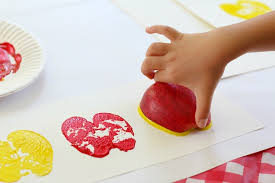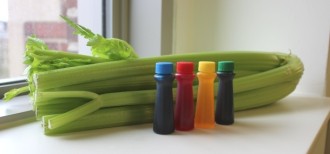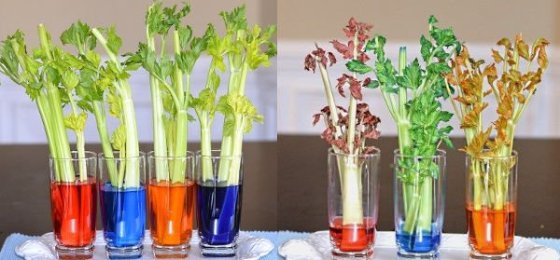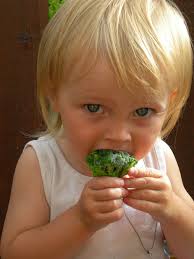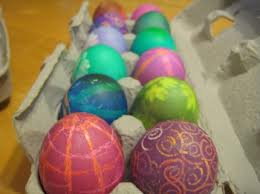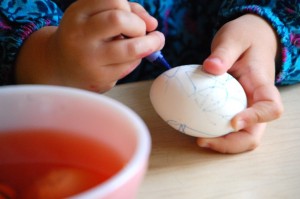Painting with various medium is a great way to increase children’s eye-hand coordination. There are so many items you can use, be creative and just try your ideas. Here are a few suggestions to get you started. The possibilities with paint are unlimited.
Alphabet Block Prints
Using alphabet blocks with raised letters, dip in thick paint and press on manila paper.
Pine Needles
Dip the tips of the needles in white paint and stroke across black construction paper, or they can be dipped in colored paint and stroked on manila paper.
Fingertip Prints
Place a sponge on a plate and put paint over it. The child then presses one finger at a time on the sponge and applies it to paper.
Colored Chalk
Here are two different methods for you to try.
- Child dips the end of the chalk in water and then applies it to manila paper.
- Child immerses manila paper into a pan of water and removes it immediately. Dry colored chalk is then used.
Ice Cubes
Start by placing a blog of thick paint on manila paper or finger paint paper. Have children push the paint across the paper with an ice cube. A paper napkin or paper toweling may be wrapped on the top of the ice cube to make it less cold for little hands.
Sports Ball Prints
Using golf, tennis, ping-pong balls, etc. dip them in thick paint and printed or stroke over manila paper.
Painting with Toy Cars
The wheels of the car are dipped in tempera paint that is mixed with liquid starch. The car is then wheeled over manila or other paper.
Potato Prints
Cut potatoes in half and carve a shape on them. Instruct your child to dip a half-potato into thick paint and press it on manila paper.
Fruit Prints
Using two apples, the first is cut in half from top to bottom; the second is cut in half around the middle. Let the child dip an apple-half into thick paint and press it on manila paper.
